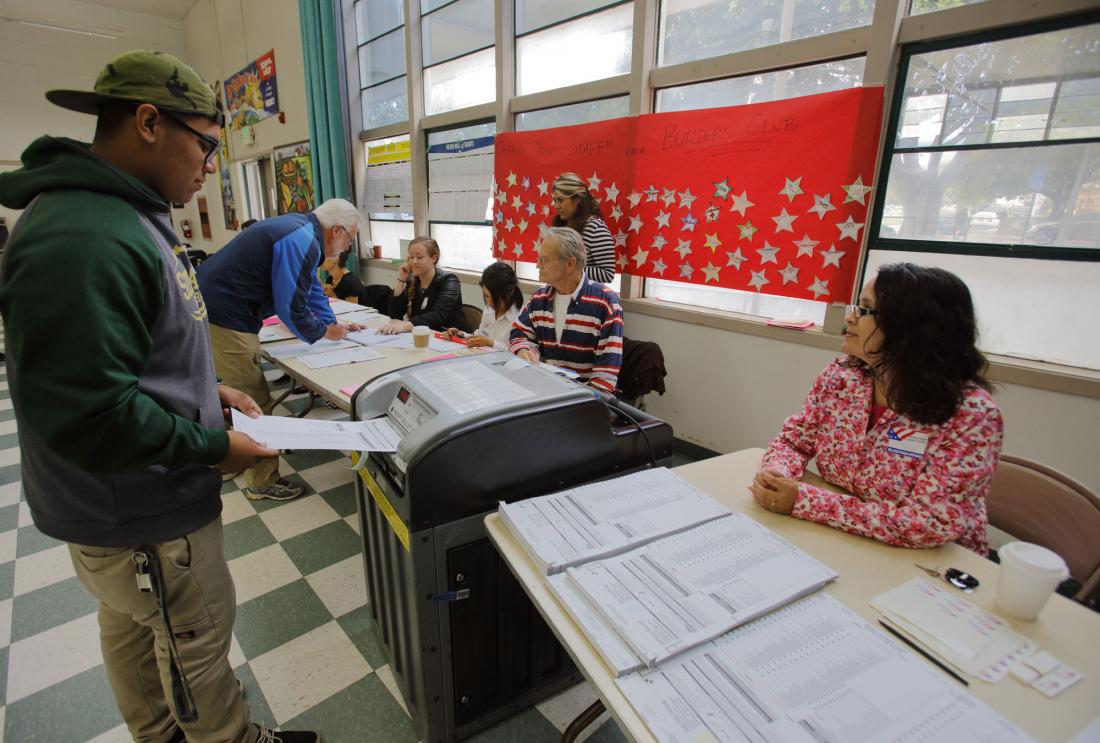Publicizing Tax Credits for Political Contributions in the United States
- Voters
- Electoral participation
- Voter Behavior
- Information
- Nudges and reminders
Some US states have created tax credits for political contributions to encourage a wider spectrum of citizens to give to campaigns. However, many citizens do not know these credits exist. In Ohio, researchers tested the effect of an informational mailing on the number of tax filers claiming the political contribution tax credit. They found that the campaign generated a moderate increase in the number of individuals claiming the credit, but at a cost of over US$2000 per filer.
Problema de política pública
The bulk of the money funding state and federal elections in the United States comes from a relatively small pool of donors. A few individuals give a lot and most people give nothing at all. Between 1976 and 2002, the top contribution permitted in federal elections was US$1000, and the proportion of money coming in contributions of less than US$200 declined substantially over time. Contributions to state elections have followed a similar trend.
As a result, the donor pool is unrepresentative of the public at large. Donors are older, less moderate in their political views, and more affluent. In an attempt to encourage political contributions from a wider subset of the population, six US states (Arizona, Arkansas, Minnesota, Ohio, Oregon, and Virginia) offer tax credits for political contributions. Although it is widely believed that tax credits effectively incentivize behavior—they are also offered for a variety of reasons including having children and buying health insurance—there is little work testing the effect of tax credits for political contributions. Furthermore, there have been few rigorous evaluations on how to encourage the use of such programs once in place.
Contexto de la evaluación
Ohio is a large state with a heterogeneous population and a history of political competitiveness—it is often a “swing state” in presidential elections. The state’s political contribution tax credit covers 100 percent of the first US$50 that an individual contributes to state candidates, but not to parties or political action committees (PACs)1 . The program in Ohio is similar to those existing in other states.
Although the credit has existed since 1995, it is not widely claimed. Less than 1 percent of taxpayers filed for the credit in the late 1990s. In 2002, only 26.6 percent of Ohio residents were aware of the tax credit, and among individuals who donated to political campaigns, awareness was 60 percent. However, only 14 percent of donors said it was a factor in their decision to donate and only 5 percent of those who did not contribute said they would have been very likely to give if they had known about the credit.

Detalles de la intervención
Researchers tested the effect of an informational mail campaign about the Ohio tax credit on the number of taxpayers who claimed the credit. From all nine-digit zip codes in Ohio, 837 were randomly selected to receive the mailing, and 9,072 zip codes served as the comparison group. The number of registered voters in each zip code ranged from one to 35, with an average of 4.1 voters.
Registered voters in treatment zip codes received three mailings during the month before the election. The mailings described the credit and listed which elections had eligible candidates. In order to remain nonpartisan, they did not mention candidates’ names or explicitly ask for contributions. A fourth mailing was sent in January, at the beginning of the tax filing season, to remind filers to claim the credit.
Resultados y lecciones de la política pública
The mailing campaign resulted in a modest and significant increase in the number of citizens filing for the tax credit after controlling for factors such as income of filers. In the treatment group, 6.3 percent of citizens filed for the tax credit, compared with 5 percent in the control group.
Researchers found the mailing campaign to be more effective in zip codes with a higher number of registered voters. This may have been because voters in densely populated zip codes spoke with each other about the credit, which augmented the effect of the mailing, or because voters in these zip codes had characteristics that made them more responsive to the appeal.
The campaign was a relatively expensive way to increase use of the tax credit: it generated just 16 additional tax filers for a cost of $35,000. However, this mailing was designed to be nonpartisan and prior research suggests partisan appeals coming directly from candidates may prove to be more effective. More research is needed to determine whether publicizing such tax credits can increase their use and what forms of publicity have the greatest effect.
